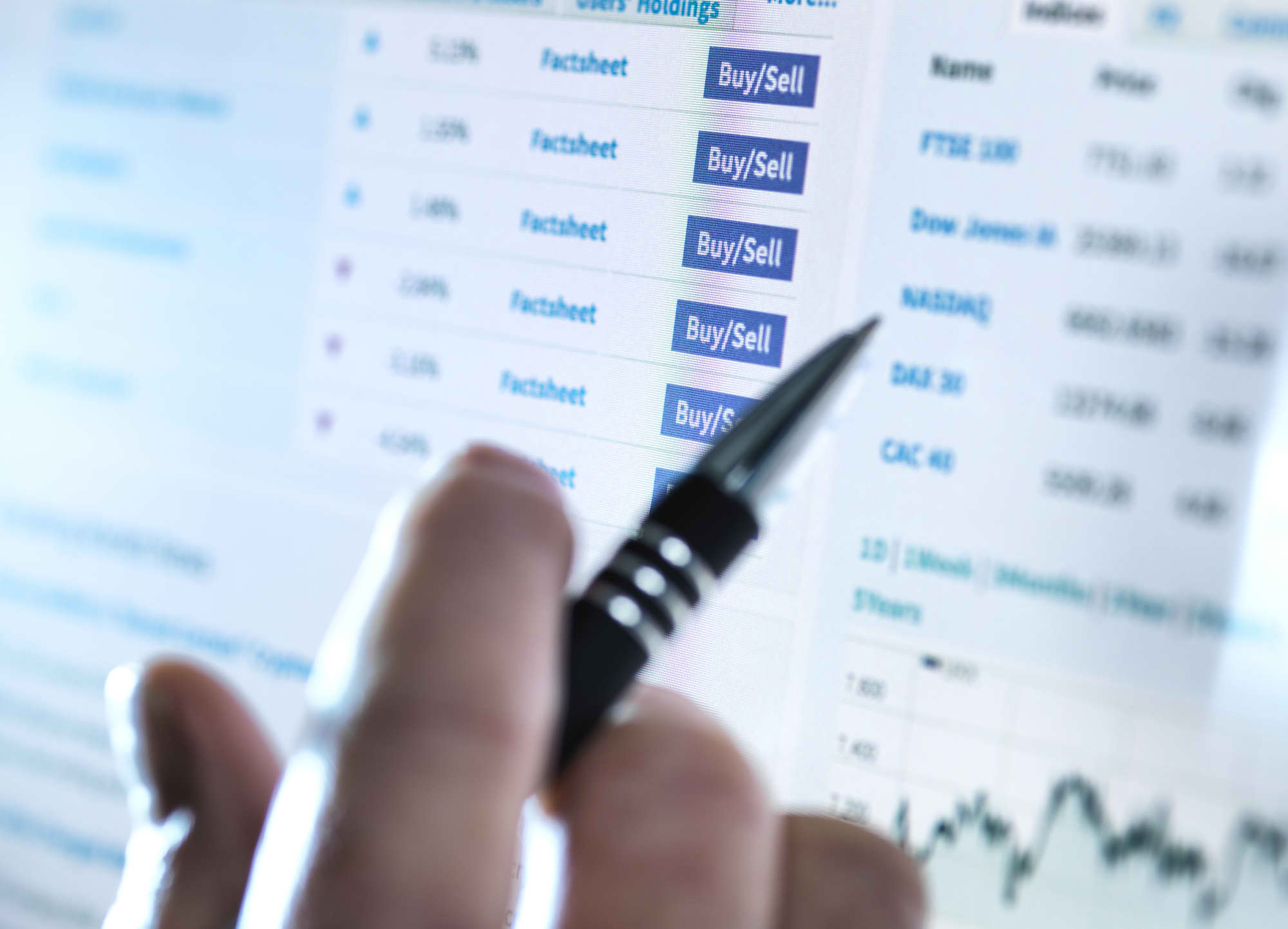
When it comes to what the consensus thinks about a stock, who or what can you trust?
I’m a firm believer in the put-your-money-where-your-mouth-is school of thought. I want to see what traders are putting their money on rather than what they say on CNBC.
In other words, show me the money.
But how can you see the money? Look at option prices.
A basic way to tell how much the options market expects a stock to move is to look at the at-the-money straddle. A long straddle involves the purchase of a call and put at the same strike price, which is usually close to the underlying stock price.
A trader buys a straddle in the hopes that the stock will move more than the cost of the straddle by the expiration date. At expiration, the straddle will be worth the amount the stock has moved from the strike price. In other words, a straddle represents the market’s assessment of how far a stock will move within a specified period.
Discover Your Profit Roadmap to EV Riches in 2023
You could’ve earned 1,766% – 24,017% profits investing after he released Master Plan Part 1 & 2. Now it’s your chance to discover the best stocks to BUY NOW – before the news breaks.
For example, we can buy one at-the-money 167.5-strike straddle on Apple (AAPL) that expires on Sept. 30 for $11.70. That means AAPL must move more than $11.70 – one way or the other – by Sept. 30 for us to see a profit.
Let’s say AAPL closes on Sept 30 at $180. The straddle’s put would expire worthless. However, the call would be worth $12.50 (the stock price minus the strike price), so we would see a profit of $0.80, or $80, on our trade.
Why did we profit? Because AAPL moved more than the market expected. If it had moved exactly as much as options were predicting – $11.70 to a price of $179.20 – we would break even on the trade.
Note that the market is not predicting what direction AAPL will go. If the stock had declined more than $11.70 (below $155.80) by expiration, we would again profit. A straddle buyer is only concerned about the size of the move, not the direction.
But what about direction? Can options give us some help there?
Yes, it can, though the implications are a bit fuzzier.
To get an inkling of where traders feel a stock is headed, we can look at option prices at strikes that are equally out of the money. That is, we’ll compare put strikes below and call strikes above the current stock price.
Returning to AAPL, the screen shot below shows the prices of the AAPL put and call that are 10 points out of the money. It also shows the probability of each option expiring in the money (Prob. ITM), a theoretical number based on the option’s price.
With AAPL at 167.53, we are comparing the 157.5 put and 177.5 call, which are both 10 points out of the money. Note that the price and Prob. ITM are greater for the put, which suggests that the options market expects more downside risk. Another way to look at the numbers is that AAPL has a 27.2% chance of hitting 157.50 and a 22.7% chance of hitting 177.50 by Sept. 30.
I mentioned earlier that interpreting direction bias can be “fuzzier.” That’s because there tends to be a natural skew toward more expensive puts. Plus, option prices are based on several factors other than how far the strike is from the stock price. So, it’s not at all clear from current prices that options traders think AAPL is headed lower over the next month.
That said, option prices can provide some guideposts on direction. Large price skews can be indicative of sentiment surrounding an upcoming event, say earnings, a product release, a court ruling or product review.
And I’ll always follow where traders are putting their money – which is unbiased and easy to see in real time – rather than watch or listen to some pundit spout an opinion.
But that’s me.
Trade Wisely,
Jon Lewis
 Facebook
Facebook
 Twitter
Twitter
